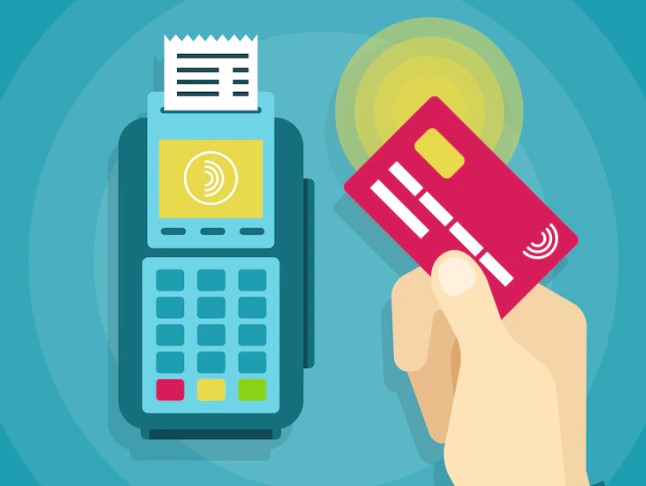The amount due by a credit card holder at the conclusion of their billing cycle is referred to as their “new balance” in consumer finance. The prior balance, payments made throughout the billing cycle, and any credit, purchases, balance transfers, fees, cash advances, or interest charges are added together to create the current balance.
The new balance, as well as the cardholder’s minimum monthly payment, are prominently displayed on the monthly credit card statement.
New Balance’s Operation
All activity on a credit card during the previous month is reflected in the new balance. A cardholder must be sure to pay off the new balance in full before the start of the subsequent payment cycle if they want to prevent paying interest on their card. If not, interest will start to accumulate based on the outstanding balance at the card’s annual percentage rate.
Credit card debts can quickly increase if not paid off over an extended period of time because APRs are frequently around 20%. In order to make sure they are aware of their updated balance, cardholders should carefully study their monthly statements. They must notify their credit card company right away if any unauthorized or fraudulent charges are found in order to have them reversed. The credit card company will normally respond by canceling the current card and issuing a new credit card entirely to avoid the possibility of additional damage.
Given the prevalence of identity theft in recent years, it is especially crucial to keep track of the new amounts on our credit cards. Identity thieves frequently make significant transactions using the victims’ credit cards. In the event that the victims are unaware that this has happened, they may be left with credit card debts that they are unable to successfully dispute or control.
Example of a New Balance in the Real World
Her new balance is $2,000, according to Catherine’s monthly credit card statement, which she is examining. She examines the specifics of her statement, noting that while her initial total was $1,000, it increased to $2,000 as a result of her making $1,000 in debt repayments in addition to $2,000 in new expenditures.
Catherine is quite astonished after looking at these figures. She was a good budgeter and only planned to use her new credit card for $1,000 in new purchases the previous month. She reviews the transactions shown on her statement because she’s unsure what led to the extra $1,000 in expenditure.
Catherine does indeed come across a number of sizable unacknowledged transactions. Catherine contacts her credit card company and tells them about the transactions that seem to be fraudulent because she fears that she may have been the victim of fraud. Her credit card company promises to look into the charges in response. Catherine is informed that her current card will be withdrawn, and a new card will be mailed to her in the interim.
If you are interested in more articles like this, here’s one about how to get an Experian business credit report.



